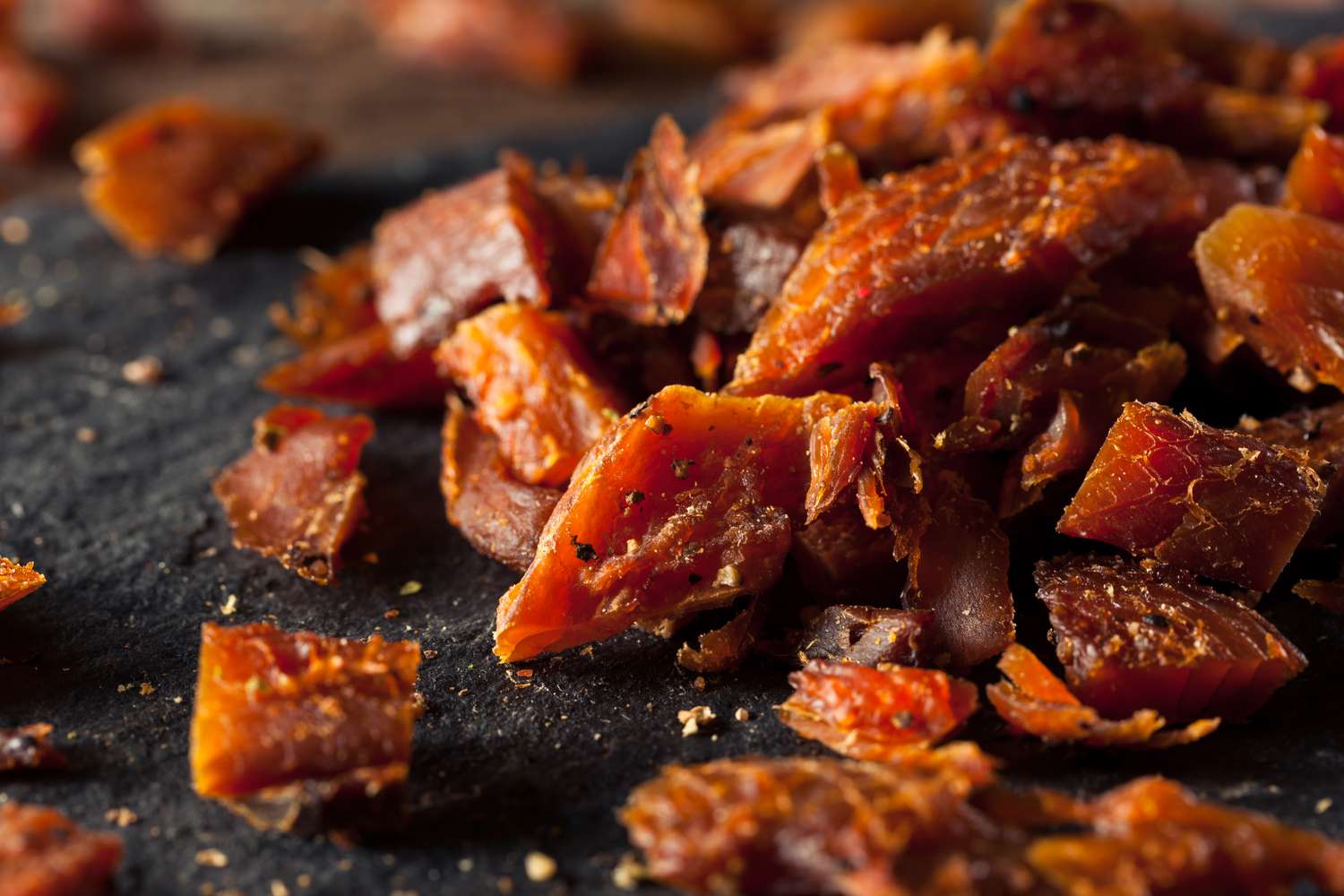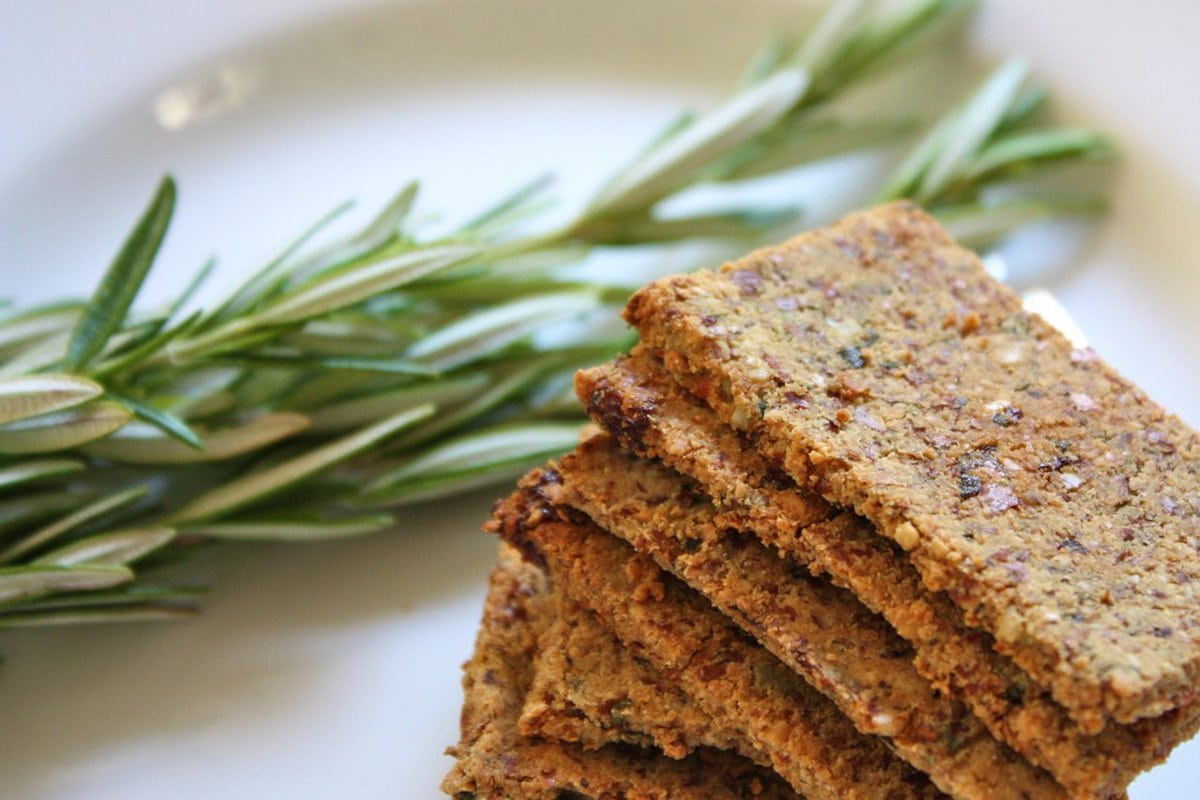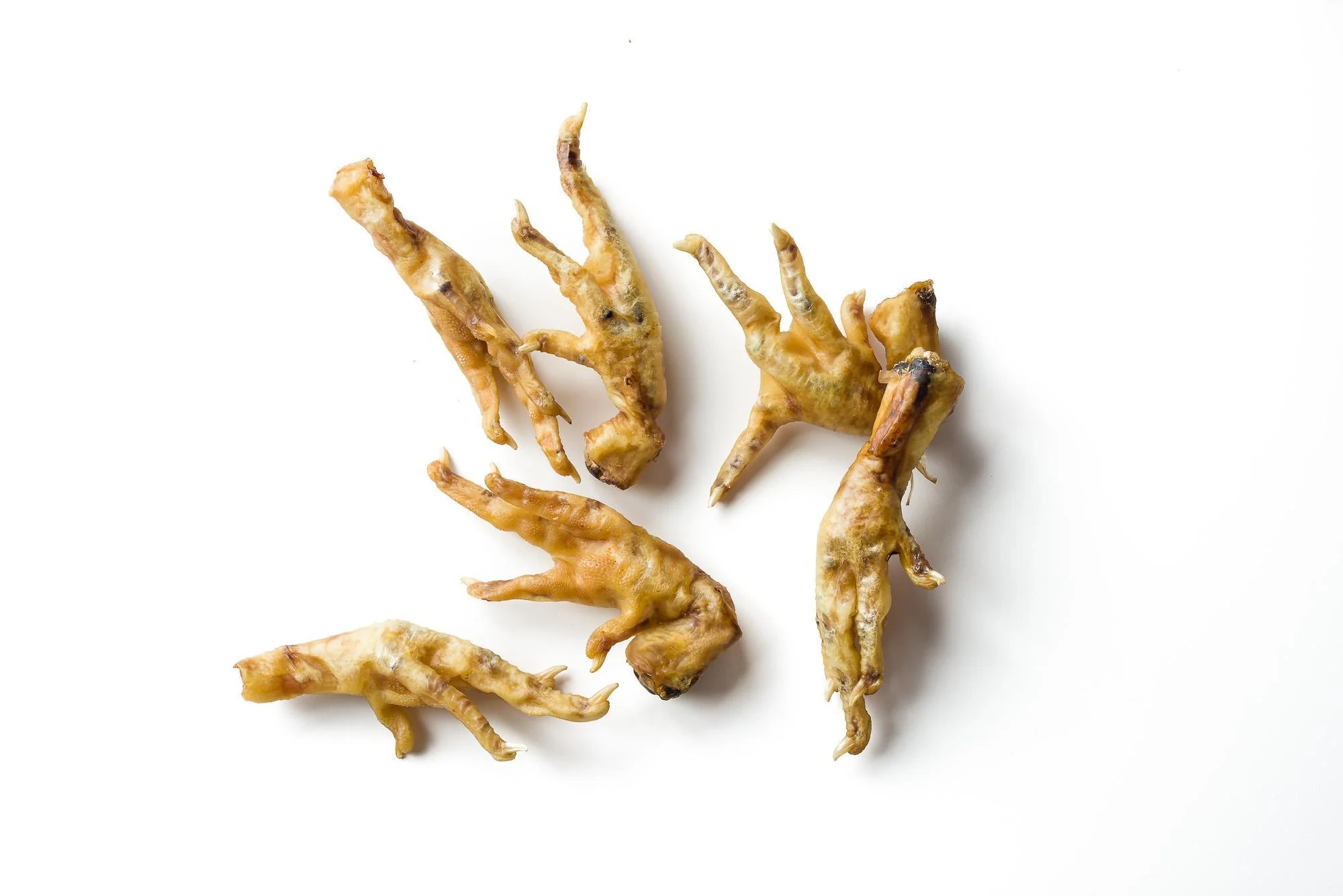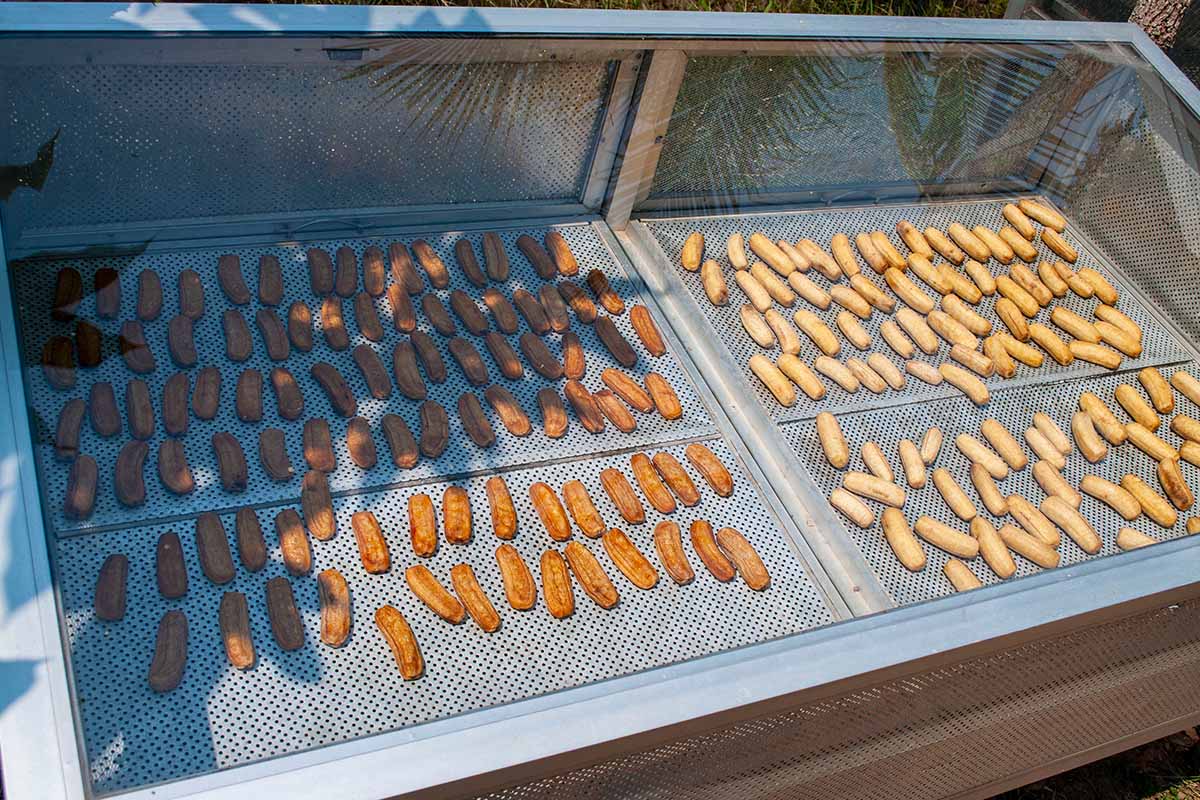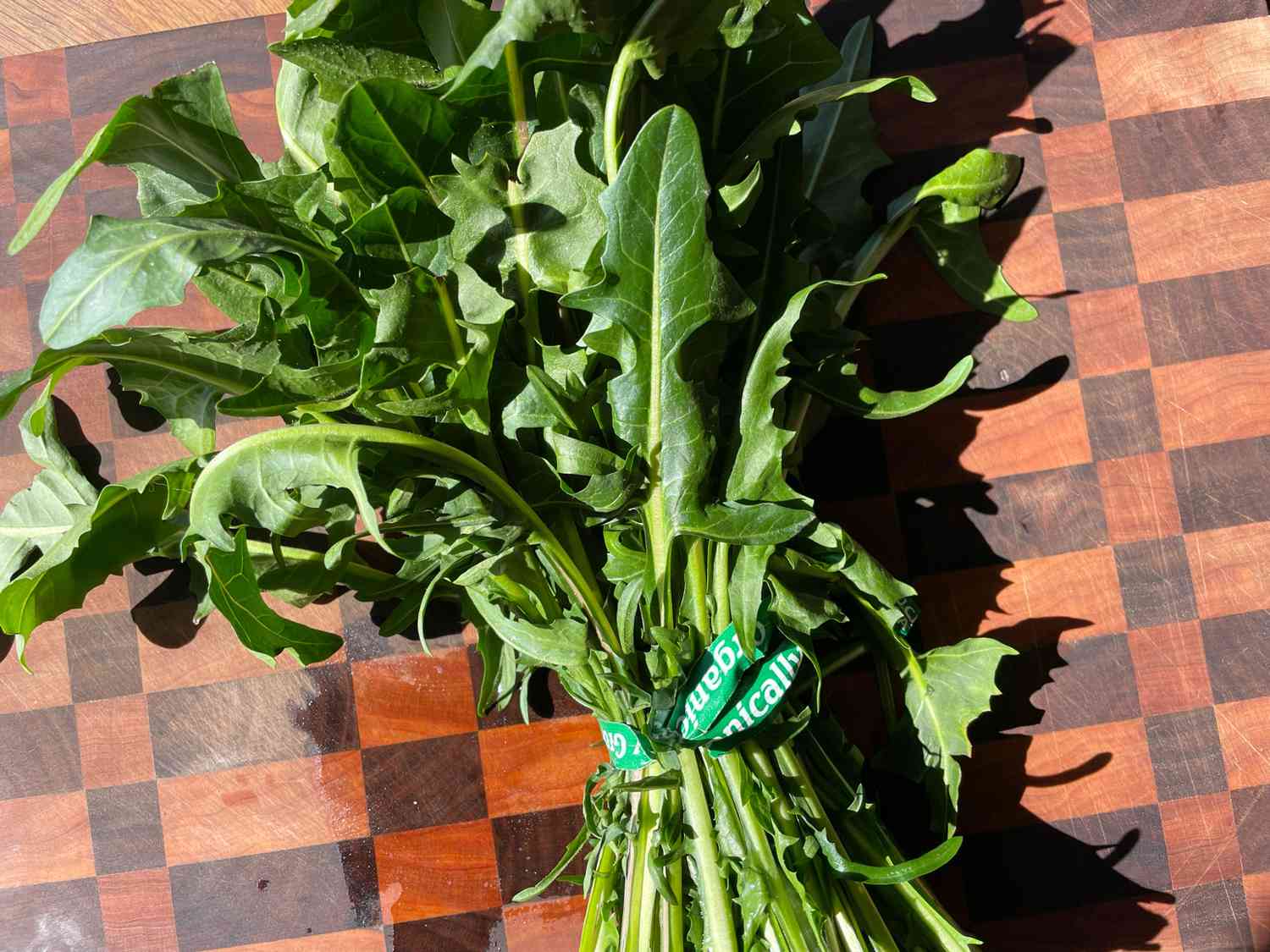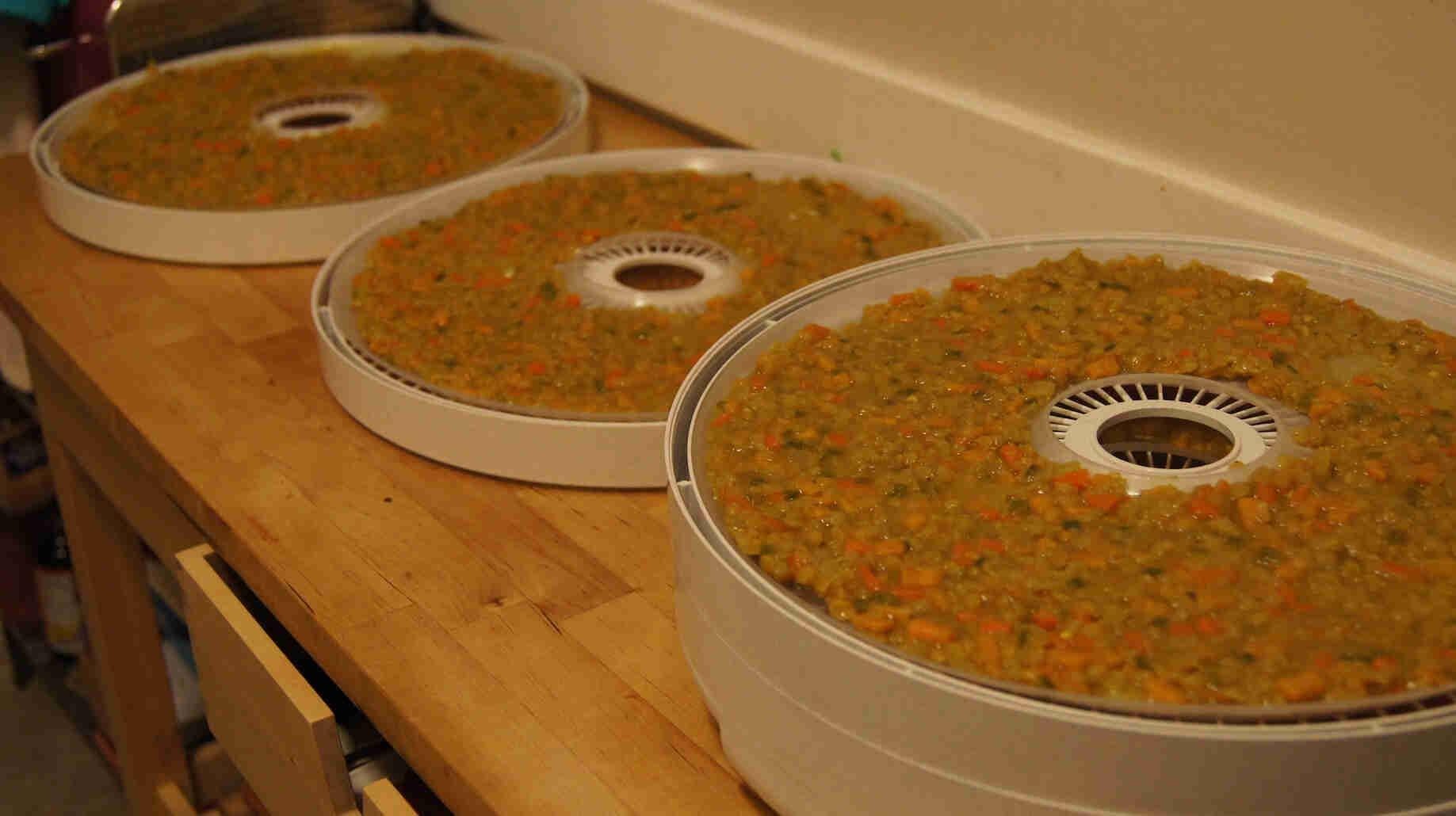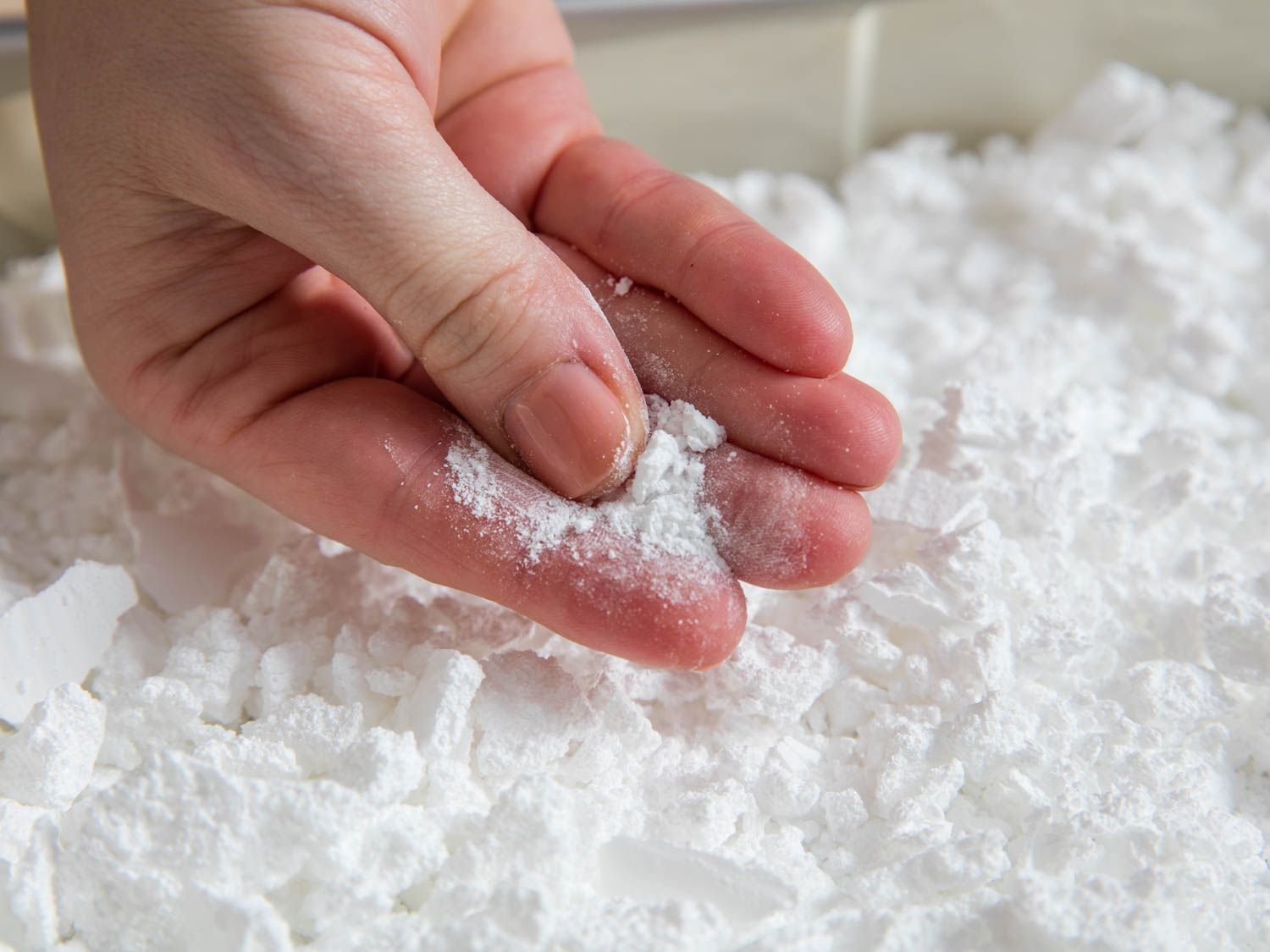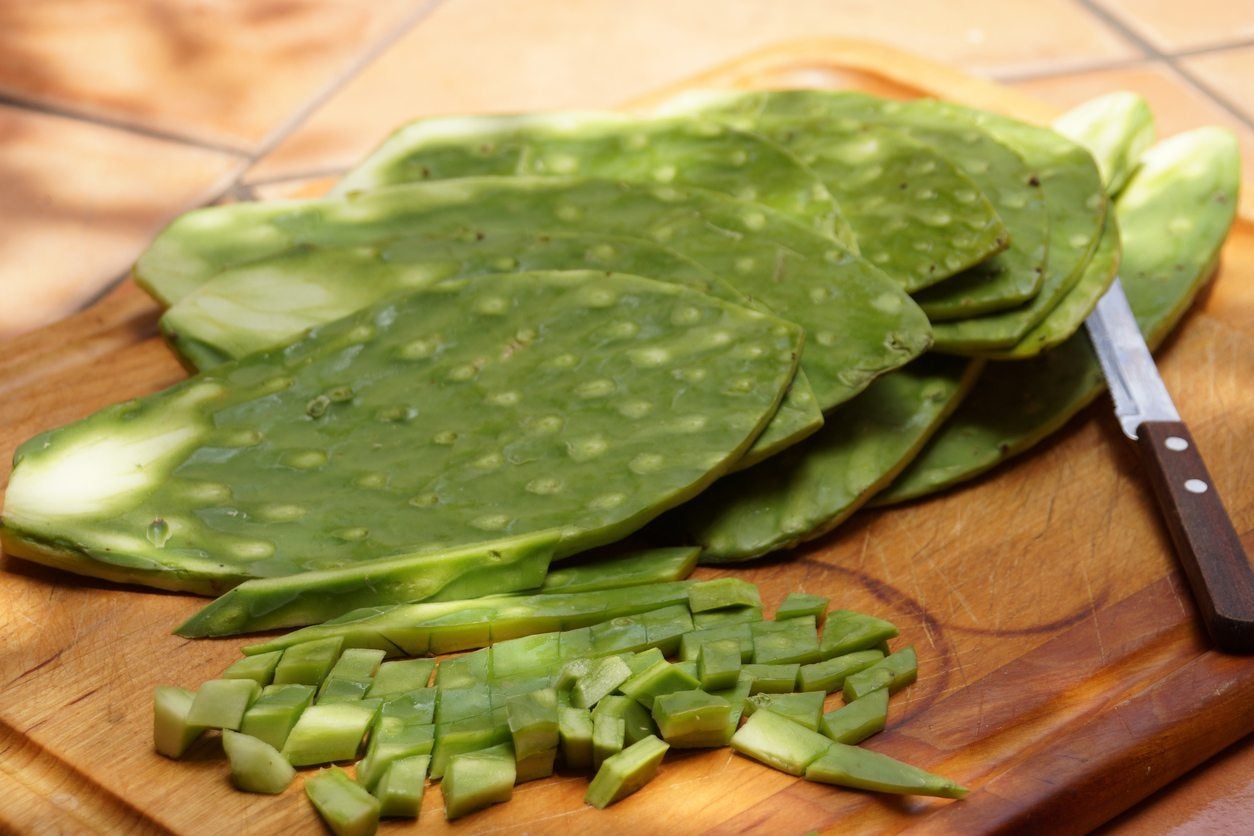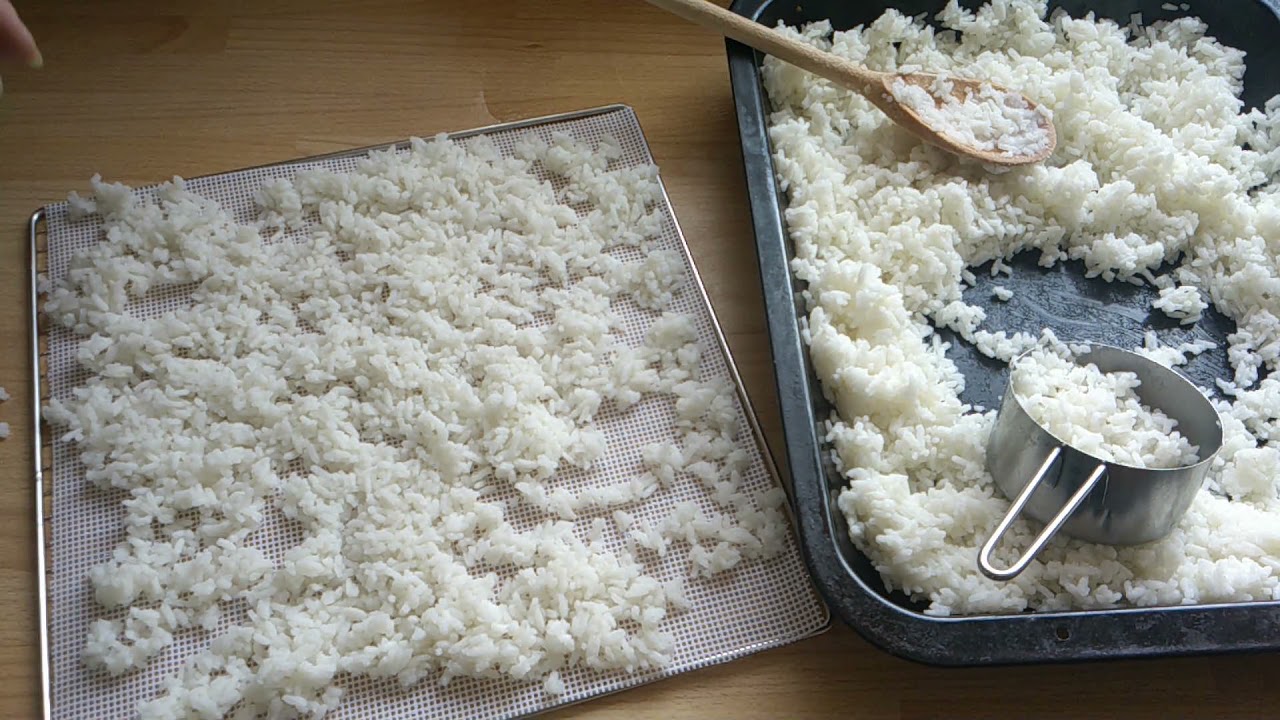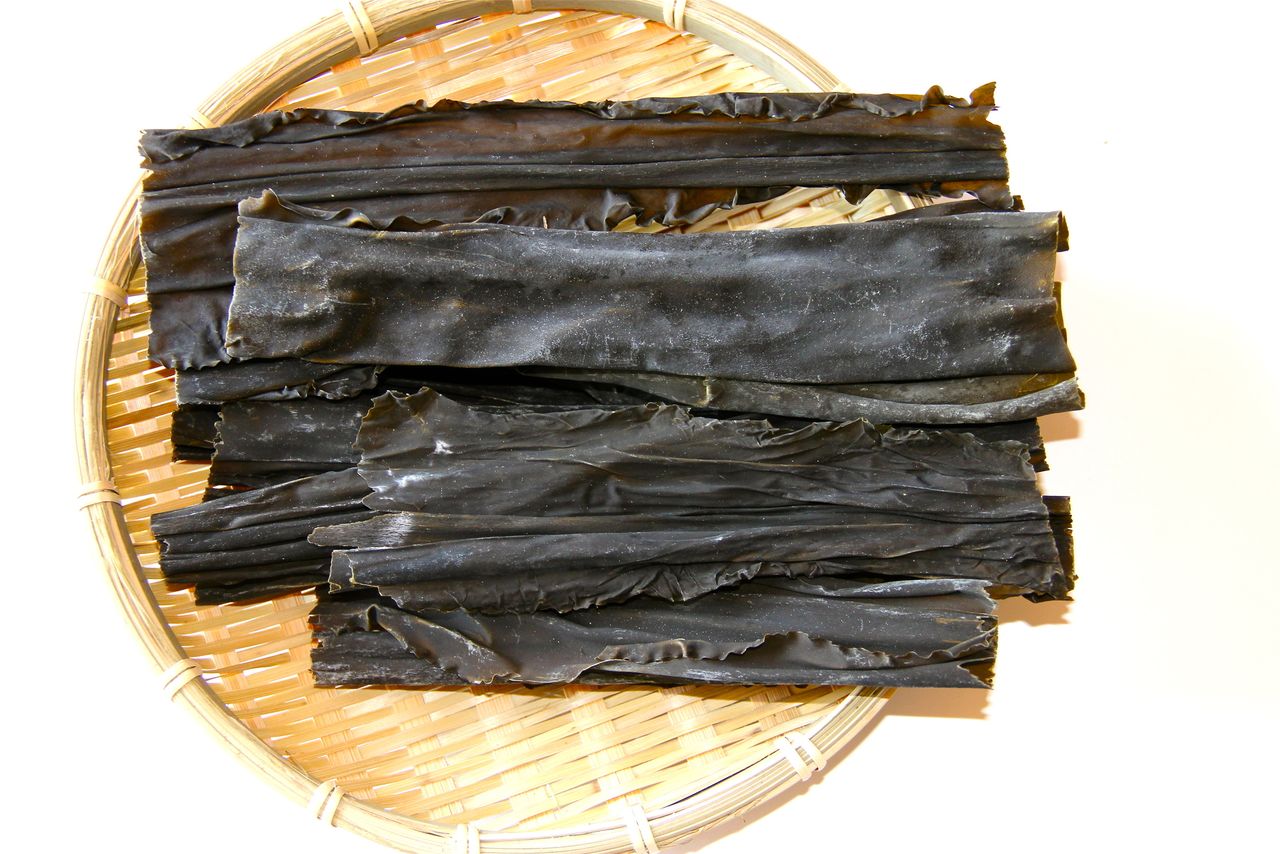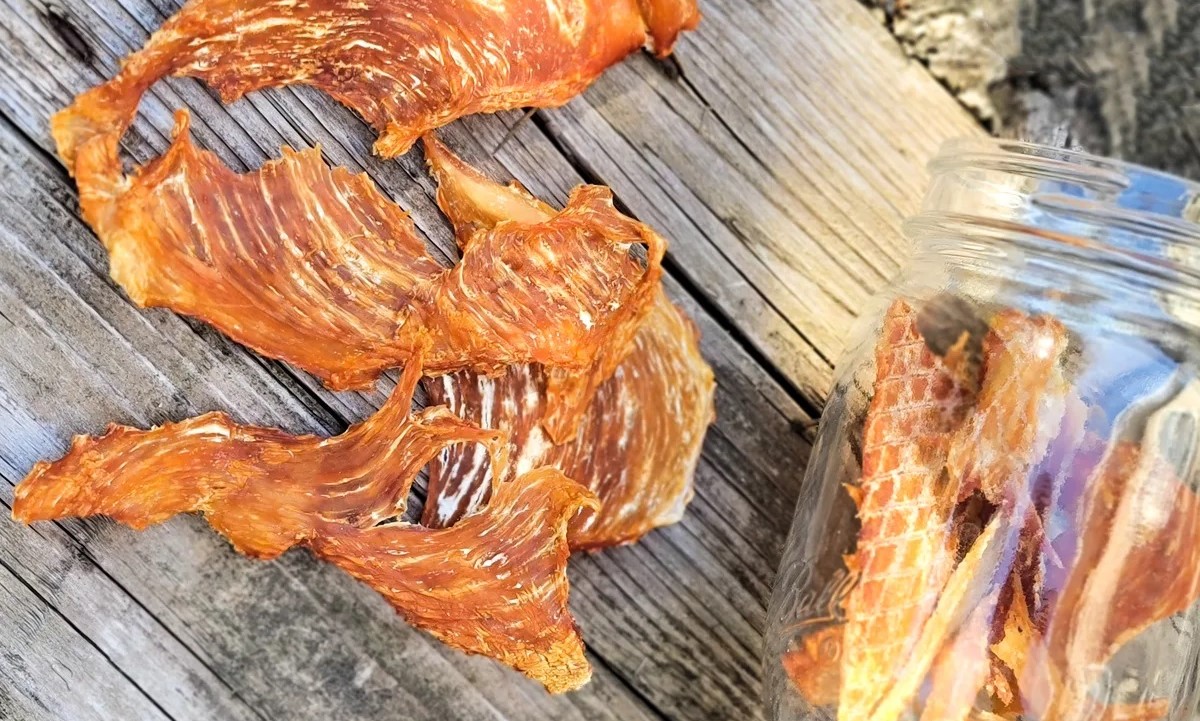Dehydrating Guava: A Delicious and Nutritious Snack
Guava is a tropical fruit known for its sweet and tangy flavor. While it’s delicious to eat fresh, dehydrating guava can turn it into a convenient and tasty snack that can be enjoyed on the go. Not only does dehydrating guava preserve its flavor, but it also concentrates its natural sugars, making it even more delicious. In addition, dehydrated guava retains most of its nutrients, making it a healthy choice for snacking.
Why Dehydrate Guava?
Dehydrating guava is a great way to extend the shelf life of this flavorful fruit. When properly dried, guava can last for several months, allowing you to enjoy this tropical treat even when it’s out of season. Dehydrated guava is also lightweight and portable, making it an ideal snack for hiking, camping, or traveling.
How to Dehydrate Guava
Dehydrating guava is a simple process that can be done at home with minimal equipment. Here’s a step-by-step guide to dehydrating guava:
- Choose Ripe Guava: Select ripe guavas that are free from blemishes and bruises. Ripe guavas will have a sweet aroma and yield slightly to pressure.
- Wash and Peel: Thoroughly wash the guavas to remove any dirt or residue. Then, using a sharp knife, carefully peel the skin off the guavas.
- Slice the Guava: Slice the guavas into uniform pieces. Aim for slices that are about 1/4 inch thick to ensure even drying.
- Pre-Treat (Optional): To prevent browning, you can pre-treat the guava slices by dipping them in a solution of lemon juice and water.
- Arrange on Dehydrator Trays: Place the guava slices in a single layer on the dehydrator trays, ensuring that there is space between each slice for air circulation.
- Dehydrate: Set the dehydrator to a temperature of 125°F to 135°F (52°C to 57°C) and allow the guava slices to dry for 8 to 12 hours. Check the slices periodically and rotate the trays for even drying.
- Check for Dryness: The guava slices are ready when they are dry to the touch and slightly pliable, with no moisture in the center.
- Cool and Store: Once dried, allow the guava slices to cool to room temperature. Then, store them in an airtight container or resealable bags.
Ways to Enjoy Dehydrated Guava
Once you’ve successfully dehydrated guava, there are countless ways to enjoy this delicious snack:
- On Its Own: Dehydrated guava slices make a satisfying and nutritious snack that can be enjoyed on their own.
- In Trail Mix: Add dehydrated guava to your favorite trail mix for a burst of tropical flavor.
- In Baked Goods: Chop dehydrated guava and add it to muffins, scones, or granola bars for a delightful twist.
- With Cheese: Pair dehydrated guava with cheese for a sweet and savory snack combination.
- In Smoothies: Rehydrate guava slices by soaking them in water, then blend them into a refreshing smoothie.
Final Thoughts
Dehydrating guava is a simple and rewarding way to enjoy this tropical fruit year-round. Whether you’re looking for a healthy snack or a burst of tropical flavor, dehydrated guava is a versatile and delicious option. So, the next time you have an abundance of guava, consider dehydrating it for a convenient and flavorful snack that can be enjoyed anytime, anywhere.
Anyone looking to make use of their newly learned guava dehydrating skills can try a variety of recipes. For breakfast, they might enjoy Dehydrated Guava and Oat Breakfast Muffins, which pair the tart sweetness of guava with hearty oats. Another great option is Dehydrated Guava and Nut Granola Bars, perfect for a quick snack. For a refreshing start to the day, a Tropical Smoothie with Rehydrated Guava offers a blend of flavors that energizes. Dinner can be made special with Guava-Glazed Chicken Skewers, where the guava adds a unique twist to a classic dish. For dessert, Guava-Spiced Rice Pudding combines creamy goodness with the exotic taste of guava, making it a must-try.
Was this page helpful?
Read Next: How To Dehydrate Pulp In Oven
